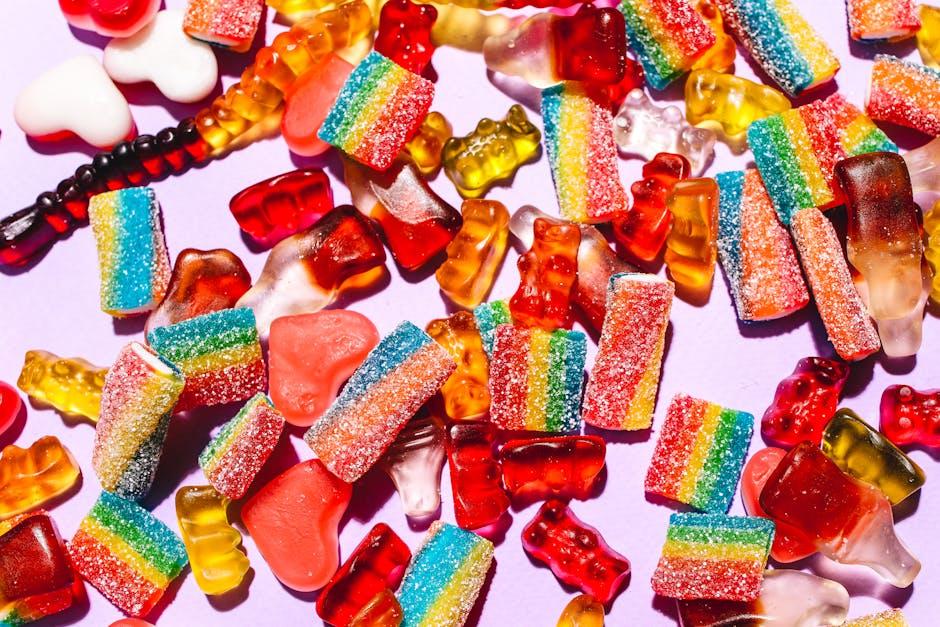:max_bytes(150000):strip_icc():format(jpeg)/VWH-GettyImages-1260048417-50c6619aac5c48aeb3378381e824edda.jpg)
A healthy diet and regular exercise program are proven ways to lose body fat and improve health. Strategies for losing excess body weight and fat include eating more protein and fiber, tracking your food, and strength training.
Jump to Key Takeaways.
Diet Modifications
Consider discussing the following measures with your healthcare provider to develop the best weight loss plan for you.
1. Follow a Calorie Deficit
A calorie deficit occurs when your body burns more calories than it consumes, resulting in fat loss. Tactics include:
- Track your food intake: Consider keeping a journal or using an app. Studies show that tracking nutrition and exercise habits promotes healthy behavior changes.
- Eat mindfully: Eating slowly and noticing your food’s textures and flavors is a proven way to promote weight loss.
2. Avoid Hidden Calories
To avoid hidden calories:
- Eat a diet rich in whole foods, including fruits, vegetables, whole grains, lean proteins, and healthy fats.
- When eating packaged foods, read ingredient labels carefully. The Western diet is rich in added sugars that increase the number of calories in foods.
- Avoid sugary beverages, which provide a lot of calories and little nutrition.
- Beware of refined carbohydrates, like white bread and sweets, which are high in sugar and calories. Diets rich in refined carbohydrates have been linked to an increased risk of obesity.
3. Increase Protein Intake
Protein is an essential nutrient that regulates hunger hormones and promotes satiety (a satisfied feeling of fullness). Consuming protein-rich foods lowers the level of the hunger hormone ghrelin in the blood. This helps you to feel satisfied after eating and prevents cravings.
A 2015 study found that eating a protein-rich breakfast is associated with weight loss. This is because starting the day with protein provides a sense of fullness throughout the day.
Healthy sources of protein include:
- Beans
- Chicken breast
- Cottage cheese
- Eggs
- Greek yogurt
- Lentils
- Nuts
- Salmon
4. Drink Plenty of Water
Drinking water may promote weight loss, but more research is needed. Studies show that drinking water before eating may reduce the number of calories consumed. Staying hydrated may also increase the body’s metabolism and fat burning.
Choosing water over sugary beverages like soda and juice may also promote weight loss since there are no calories in water. If you miss a flavored drink, try seltzer water or infusing your plain water with fresh fruits like lemons, limes, oranges, or strawberries.
5. Consider Intermittent Fasting
Intermittent fasting is an eating plan that focuses on eating for a certain number of hours per day and fasting the rest of the time. It promotes short-term fasting periods during certain times of the day.
For example, a person practicing intermittent fasting may choose to eat only within an eight-hour time frame and fast in the 16 hours before and after that block of time. Talk with a healthcare provider before instituting a new fasting practice to ensure that it is safe for you.
6. Eat More Fiber
Fiber is a plant-based carbohydrate that promotes healthy gut health and reduces the risk of constipation. It also provides a feeling of fullness and regulates blood sugar levels. Eating more fiber is a proven way to promote weight loss.
Healthy sources of fiber include:
- Beans
- Brown rice
- Fruits
- Lentils
- Nuts
- Oatmeal
- Seeds
- Vegetables
- Whole-grain breads, pastas, and cereals
7. Add More Probiotics to Your Diet
Probiotics are live bacteria and yeasts found in fermented foods. They promote gut health and may aid in weight loss. Healthy bacteria in the gut contribute to improved digestion and immune health.
Healthy sources of probiotics include fermented foods like:
- Kefir
- Kimchi
- Kombucha
- Miso
- Sauerkraut
- Tempeh
- Yogurt
8. Focus on Healthy Fats
Healthy fats are an essential part of the diet and may promote fat loss. A 2023 study found that following the Mediterranean diet is linked to weight loss and lower body weight. This eating plan is rich in healthy fats from olive oil, fatty fish, nuts, and seeds.
Consuming more healthy fats in the diet may promote satiety and a lower body fat percentage.
Dangers of Belly Fat
Fat located around the belly, known as visceral fat, raises the risk of cardiovascular conditions like heart attack and stroke. Visceral fat may be more harmful to overall health than other types of fat in the body because it surrounds many vital organs.
Exercise Routine
1. Strength Training
Strength training is a type of exercise that focuses on increasing muscle strength over time. Strength training exercises provide resistance to keep the muscles contracted. This builds muscle mass, and increased muscle mass is proven to promote fat loss.
A 2021 review found that following a strength training program for four weeks resulted in a 1.46% reduction in body fat. Most adults should aim to perform strength training exercises twice weekly.
2. Cardiovascular Exercise
Cardiovascular exercise is aerobic exercise that causes an increase in heart rate and respiratory rate. A 2022 review found that increasing the amount of cardiovascular exercise you perform is linked with fat loss and a lower waist circumference.
The Physical Activity Guidelines for Americans recommends that adults participate in 150 to 300 minutes of moderate-intensity cardiovascular exercise each week. Examples include:
- Brisk walking
- Cycling
- Jogging
- Running
- Swimming
3. HIIT Training
High-intensity interval training (HIIT) is a type of exercise that includes short bursts of intense activity followed by short breaks or recovery periods. Studies show that regularly practicing HIIT lowers body fat percentage and improves body composition.
HIIT workouts may include sprinting, running, pushups, squats, or burpees for short intervals, followed by breaks.
HIIT workouts are not safe for everyone, so talk with your healthcare provider before starting. These intense workouts increase the heart rate and may be unsafe for those with underlying heart conditions. People with uncontrolled diabetes may not be able to perform these exercises safely.
4. NEAT (Non-Exercise Activity Thermogenesis)
NEAT represents the physical activities that you naturally perform throughout the day. These non-workout movements may include walking, cleaning, fidgeting, or running errands. NEAT burns calories throughout the day and may promote weight loss over time.
Lifestyle Habits That Support Fat Loss
1. Get Enough Sleep and Recovery
Aim to get seven to nine hours of sleep every night. People who sleep less than seven hours a night are at an increased risk of obesity and other chronic health conditions.
Poor sleep affects metabolism and causes the body to burn fewer calories. It also affects the body’s levels of blood sugar and insulin. The risks of fat gain and obesity are increased when the body cannot use insulin effectively, known as insulin resistance, which can lead to high blood sugar levels and, in turn, type 2 diabetes.
2. Control Stress and Cortisol Levels
Chronic stress raises the levels of the hormones cortisol and adrenaline in the blood. Over time, these hormones increase appetite levels and raise the risk of weight gain.
A 2016 study found that participating in an eight-week stress management program while following a low-calorie diet may increase weight loss and lower the risk of obesity.
Examples of stress management techniques include:
- Deep breathing
- Meditation
- Psychotherapy
- Tai chi
- Walking
- Yoga
3. Get Support
Research shows that many people with obesity experience higher levels of stress and feel like they have a lack of support. Consider asking friends or family members to join you in your healthy eating habits. Having an exercise buddy can keep you motivated.
Key Takeaways
- Beneficial diet changes to lose fat include eating more fiber, protein, probiotics, and healthy fats.
- To burn more calories and lose more fat, consider trying new workouts like strength training, cardiovascular exercises, and HIIT.
- Talk with your healthcare provider before beginning a new weight loss regimen.










:max_bytes(150000):strip_icc()/water-first-thing-in-the-morning-2000-99d138531d854169afc7ed97bea007cb.jpg)
